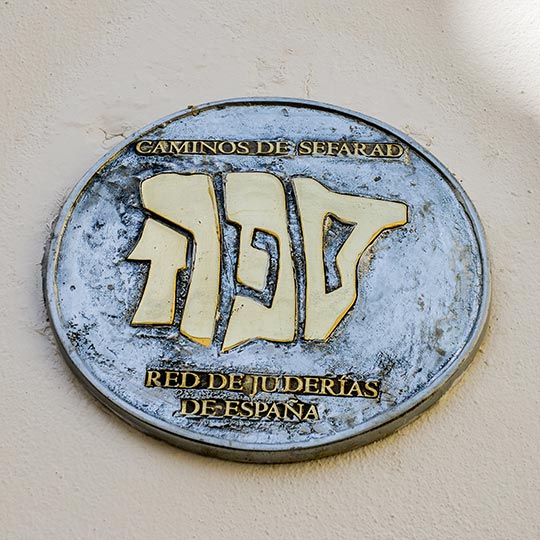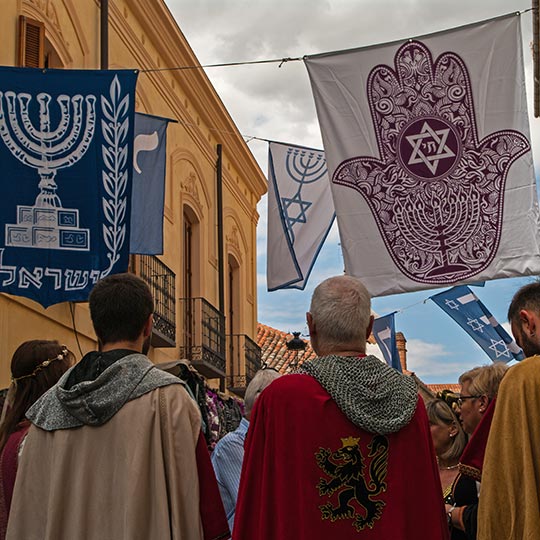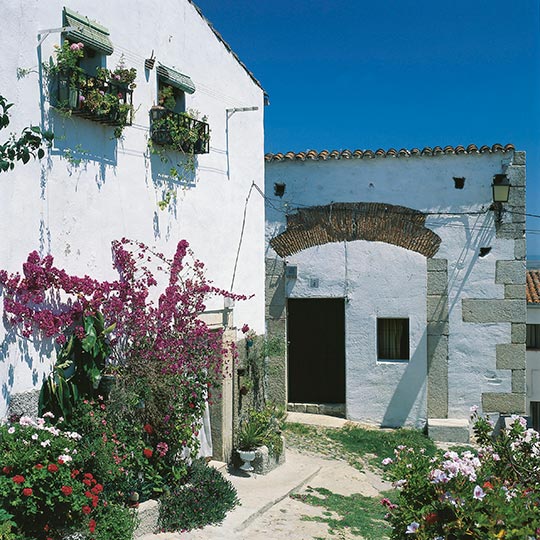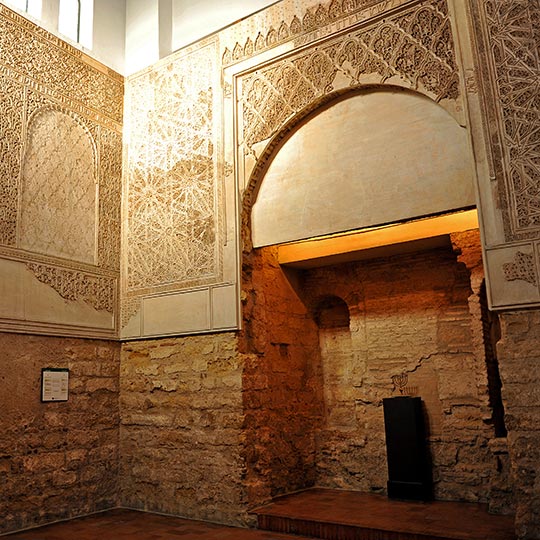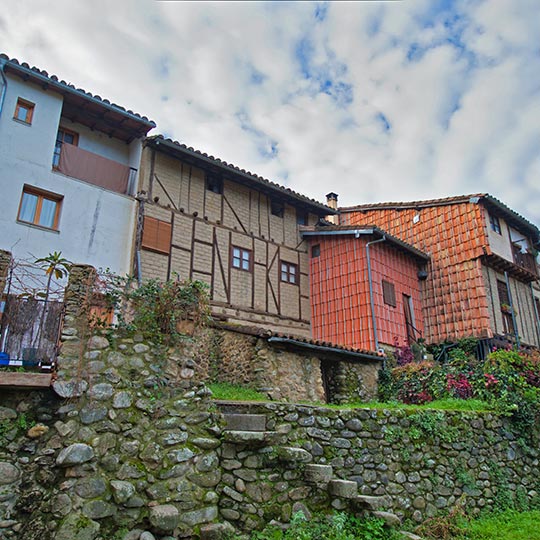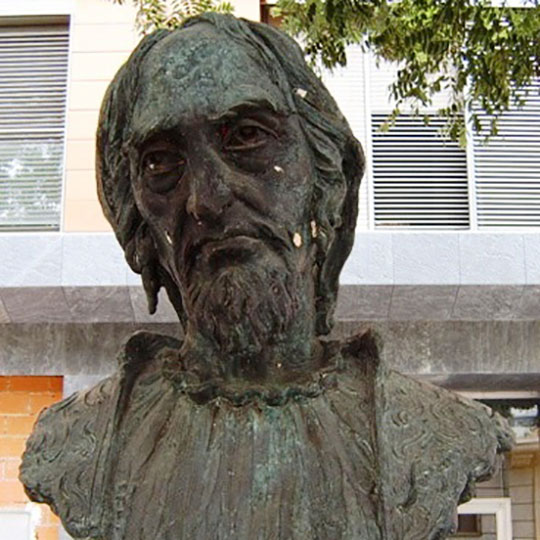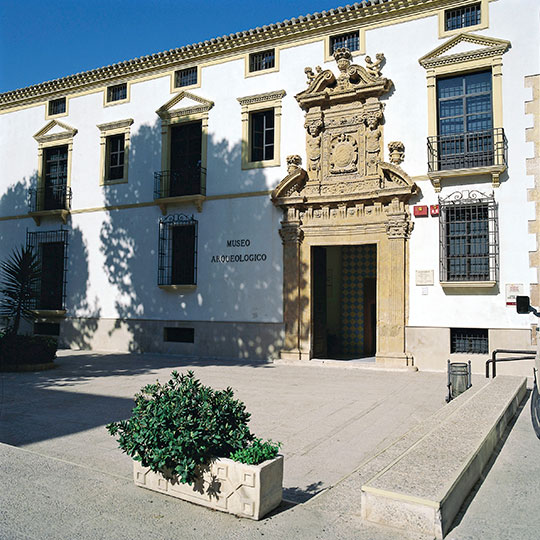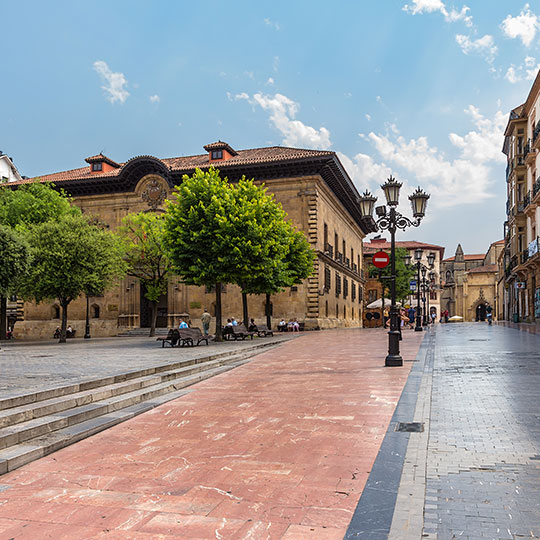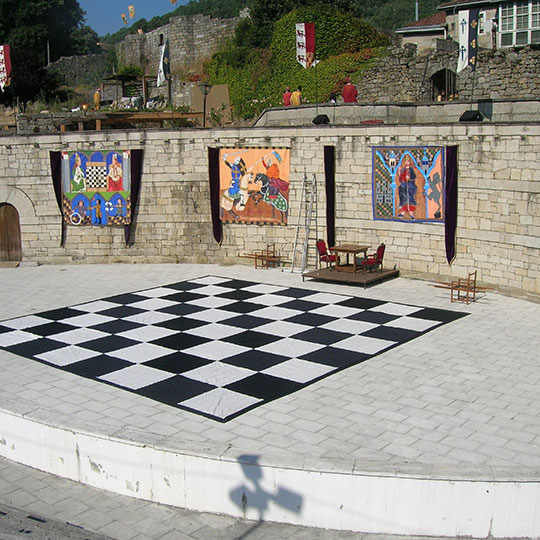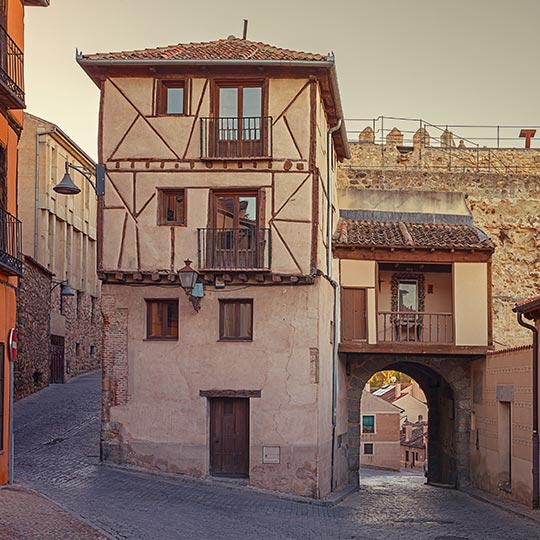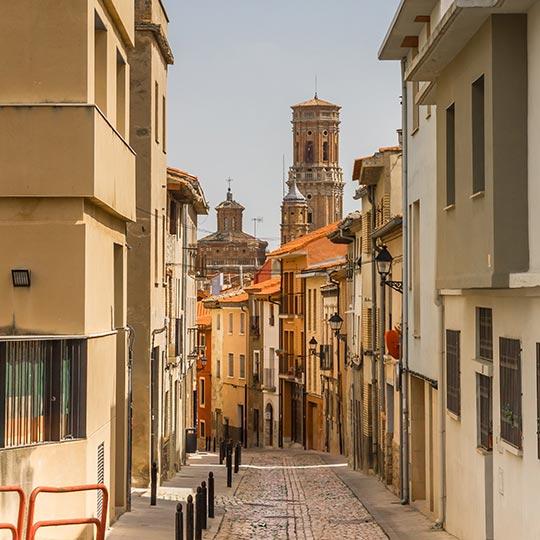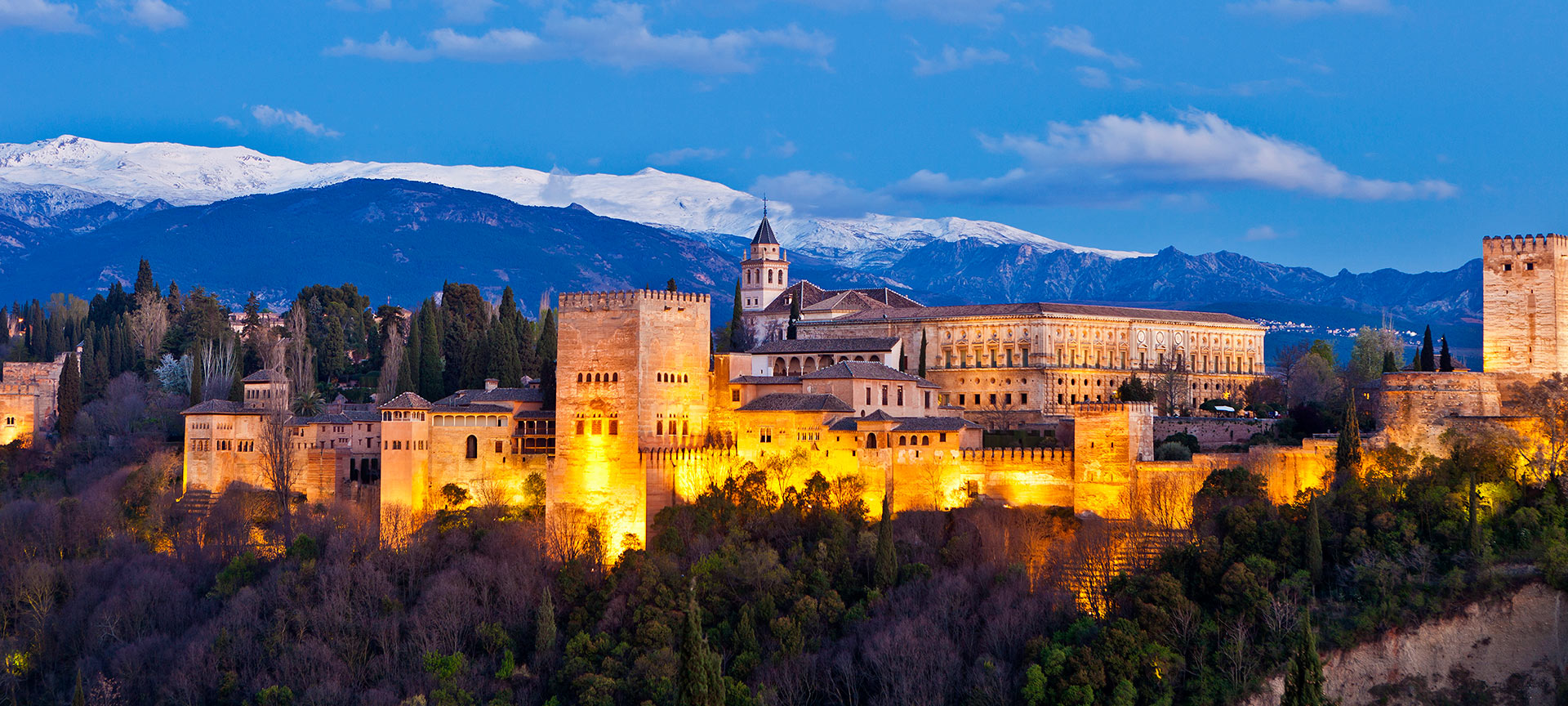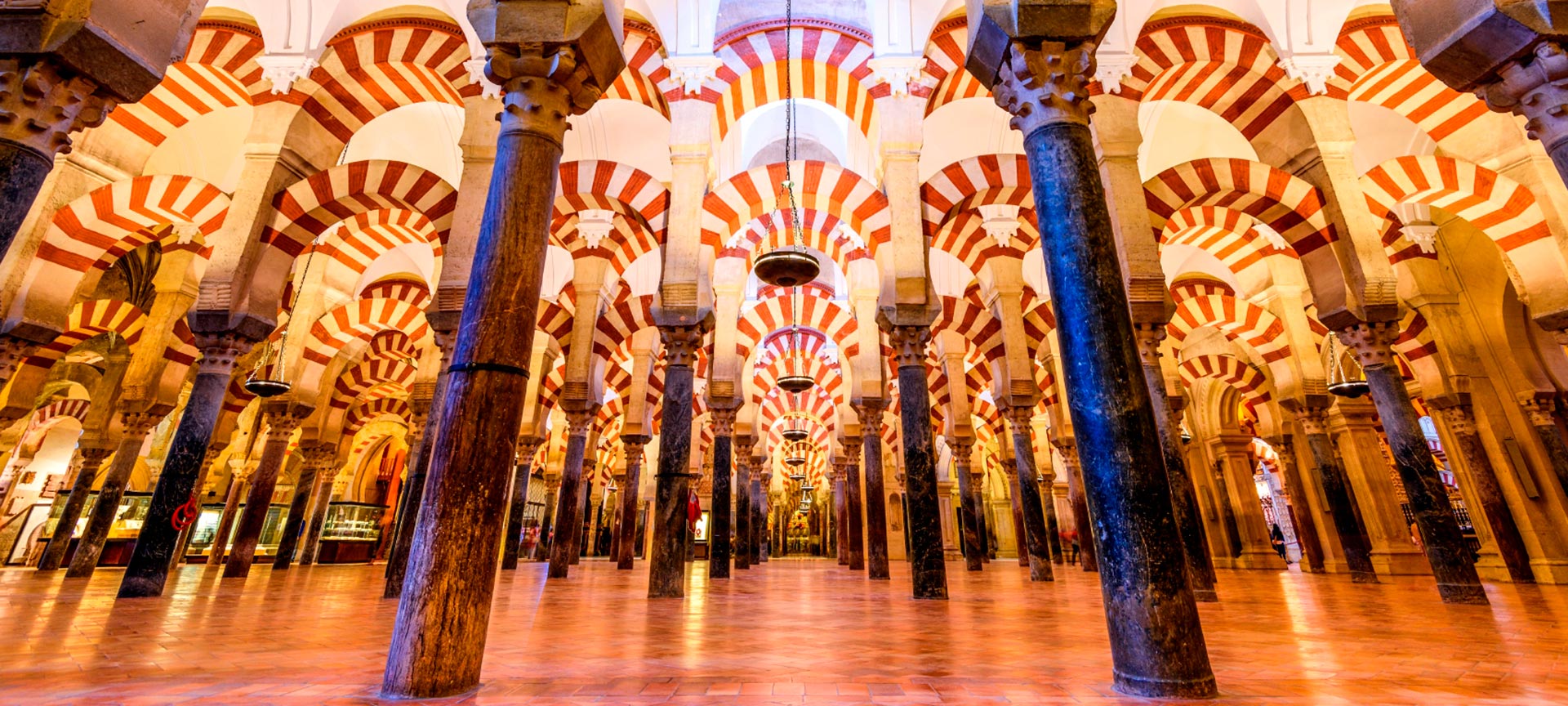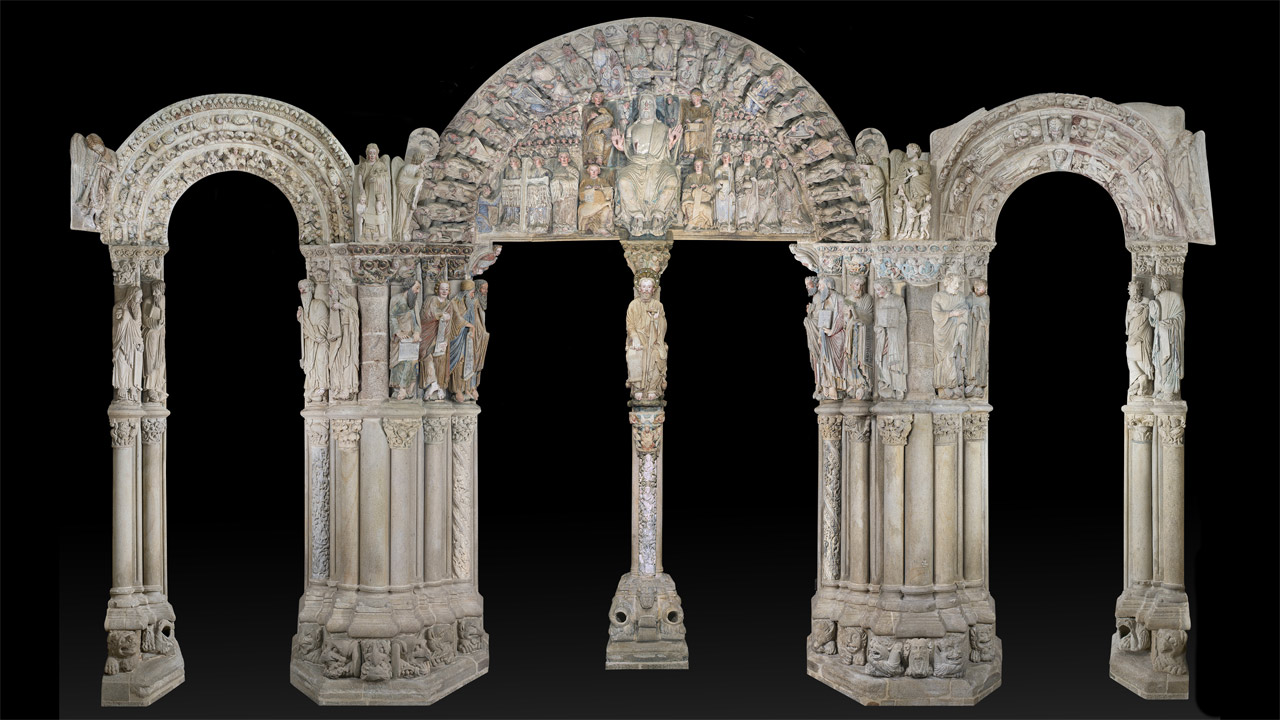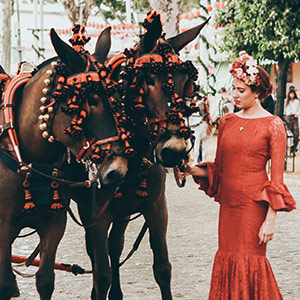Tarazona (Zaragoza, Aragón). Discovering the medieval beauty of this city is always a good plan. Its Jewish quarter is formed by two different centres. On the one hand, what used to be the Old Jewish Quarter can be explored starting from Calle Judería. Next, it is worth seeing the Hanging Houses, where noble families used to reside, or passing by the Rúa Alta where the synagogue is thought to have been. Another curious fact: Another curiosity: in the Plaza de los Arcedians square, tents for the celebration of the Sukkot or the Festival of the Huts used to be set up for a week, reminiscent of the wandering of the Jewish people. On the other hand, there is the New Jewish Quarter, where, for example, the house of the Santafé, who were great Jewish merchants, is preserved.Toledo (Toledo, Castile – La Mancha). The Jews from Toledo were the most important in Spain. Today, the entire urban labyrinth of Toledo’s Jewish quarter honours the prestige that turned Toledo into an essential centre of Western Judaism. We recommend visiting their two emblematic synagogues. On the one hand, El Tránsito, now the Sephardic Museum, where you can investigate a little more about the history of the Jews in Spain. On the other hand, the Synagogue of Santa María la Blanca, the oldest and inspired by Almohad art. In addition to the synagogues, there is also the Casa del Judío, a house that preserves the traditional rooms.
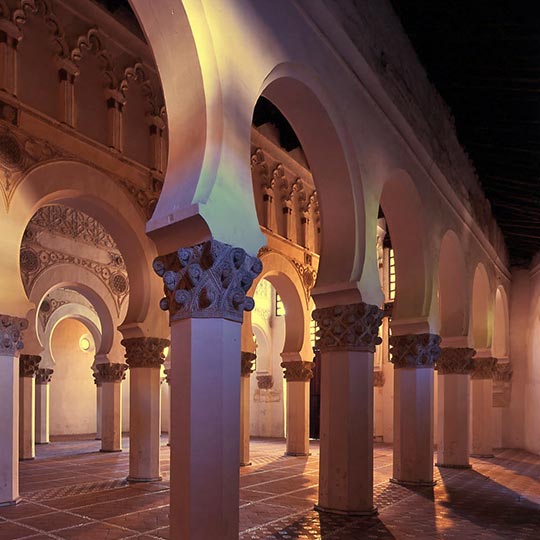
Synagogue of Santa María La Blanca Toledo
